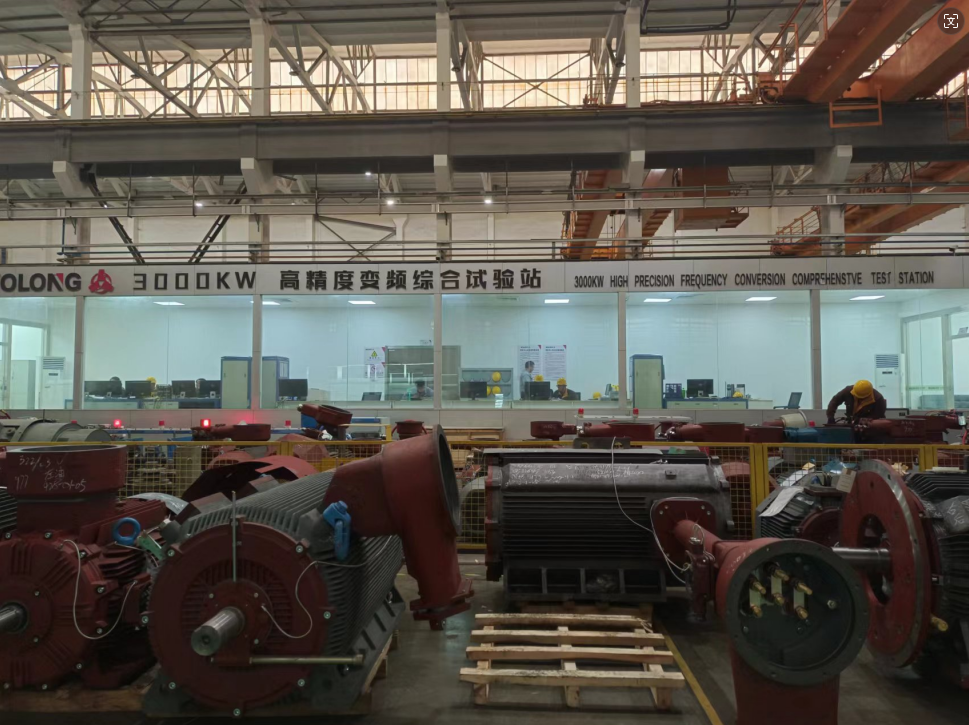Safety is of paramount importance when it comes to industrial machinery and equipment. In hazardous environments where the risk of explosions and fires is a constant concern, the use of specialized motors is critical to ensuring the safety of people and equipment. Two types of motors commonly used in such environments are explosion-proof motors and spark-free motors. While both are designed to reduce the risk of fire in hazardous areas, there are clear differences.
Explosion-proof motors:
Explosion-proof motors are specifically designed to contain and prevent the ignition of flammable gases, vapors or dust particles present in the surrounding atmosphere. These motors are constructed with a rugged housing that can withstand and contain internal explosions, preventing them from igniting the dangerous outside atmosphere. The housing is designed to withstand high-pressure explosions and is made of materials that can contain any potential explosion within the motor housing.
In addition, explosion-proof motors are equipped with features such as flame channels and labyrinth seals to prevent hot gases or sparks from entering the surrounding atmosphere. These motors are commonly used in industries such as oil and gas, chemical processing, mining, and pharmaceuticals, where the presence of flammable materials poses significant risks.
Spark-free motor:
Sparkless motors, on the other hand, are designed to eliminate the risk of sparks during operation. These motors are made from non-ferrous, non-sparking materials such as aluminum or copper alloys. The design and construction of spark-free motors ensures that there are no components within the motor that could generate sparks, even under high friction or high temperature conditions.
Non-sparking motors are typically used in environments where the presence of combustible dusts or flammable gases requires the use of equipment that does not pose a spark hazard. Industries such as food processing, grain handling, pharmaceutical and chemical production often require the use of non-sparking motors to minimize the risk of fire in potentially explosive environments.
The difference between the two:
While explosion-proof and spark-free motors are both designed to reduce the risk of fire in hazardous environments, the main difference lies in their approach to safety. Explosion-proof motors focus on containing and preventing internal explosions from igniting the outside atmosphere, while spark-free motors eliminate the risk of sparks during operation.
It is important for industries to carefully assess the specific hazards present in their environment and select the appropriate type of motor to ensure the highest level of safety. Factors such as the type of flammable materials present, the potential for explosive atmospheres, and operating conditions will determine whether an explosion-proof or spark-free motor is the most appropriate choice.
In conclusion, while both explosion-proof and spark-free motors are critical to ensuring safety in hazardous environments, it is also important to understand the differences between the two. By selecting the right type of motor for a given application, industries can effectively reduce the risk of ignition and ensure the safety of personnel and equipment in potentially explosive environments.

Post time: Mar-13-2024

